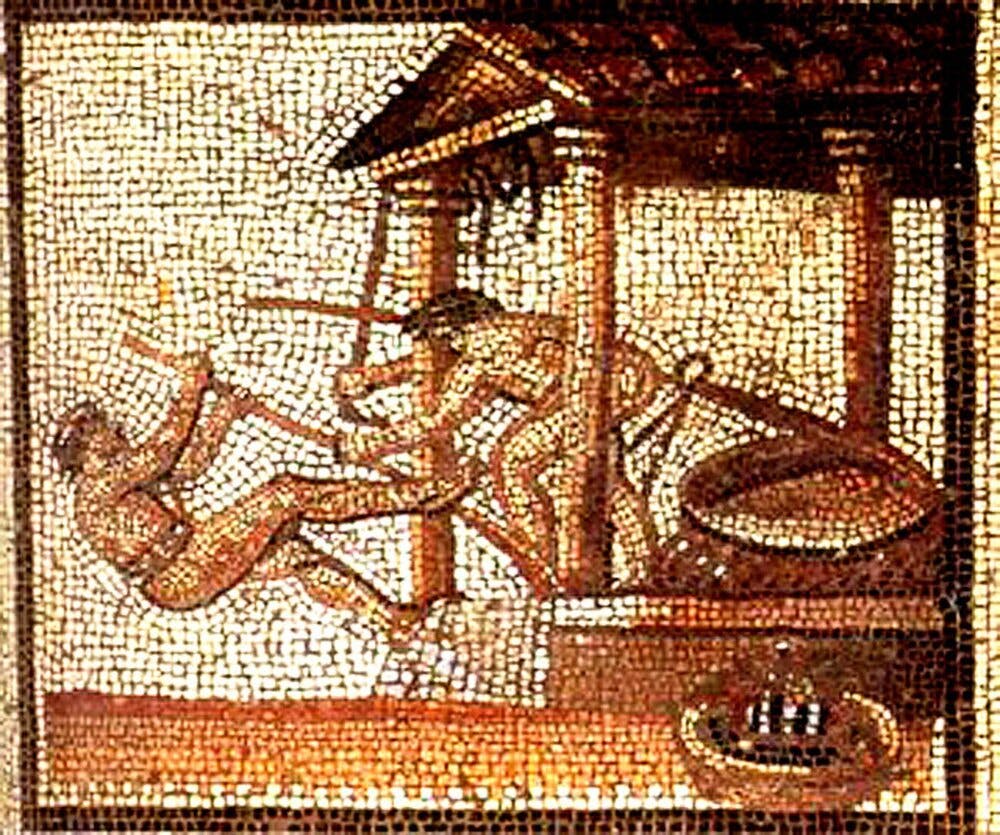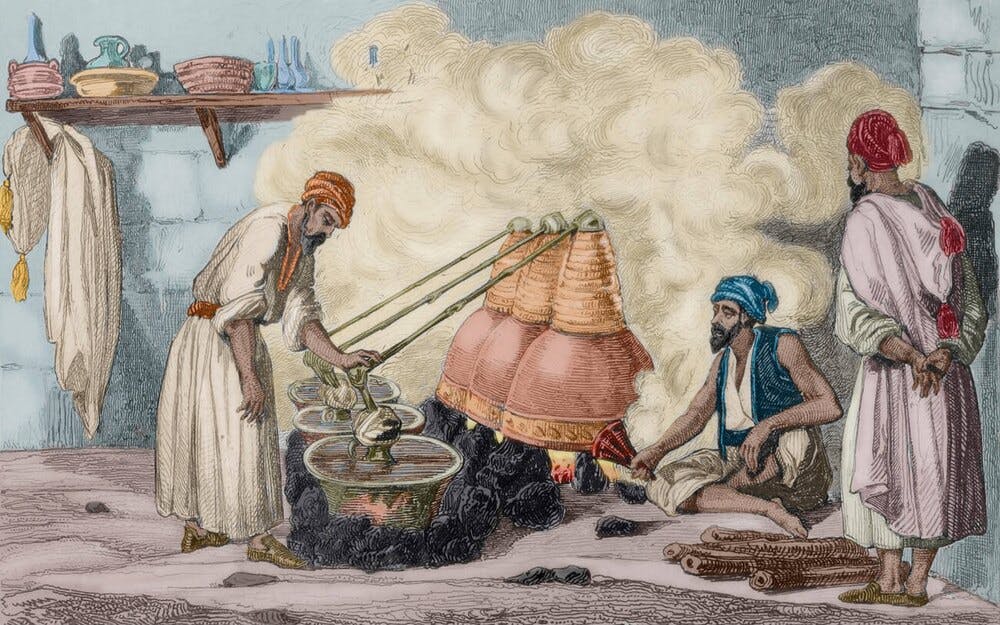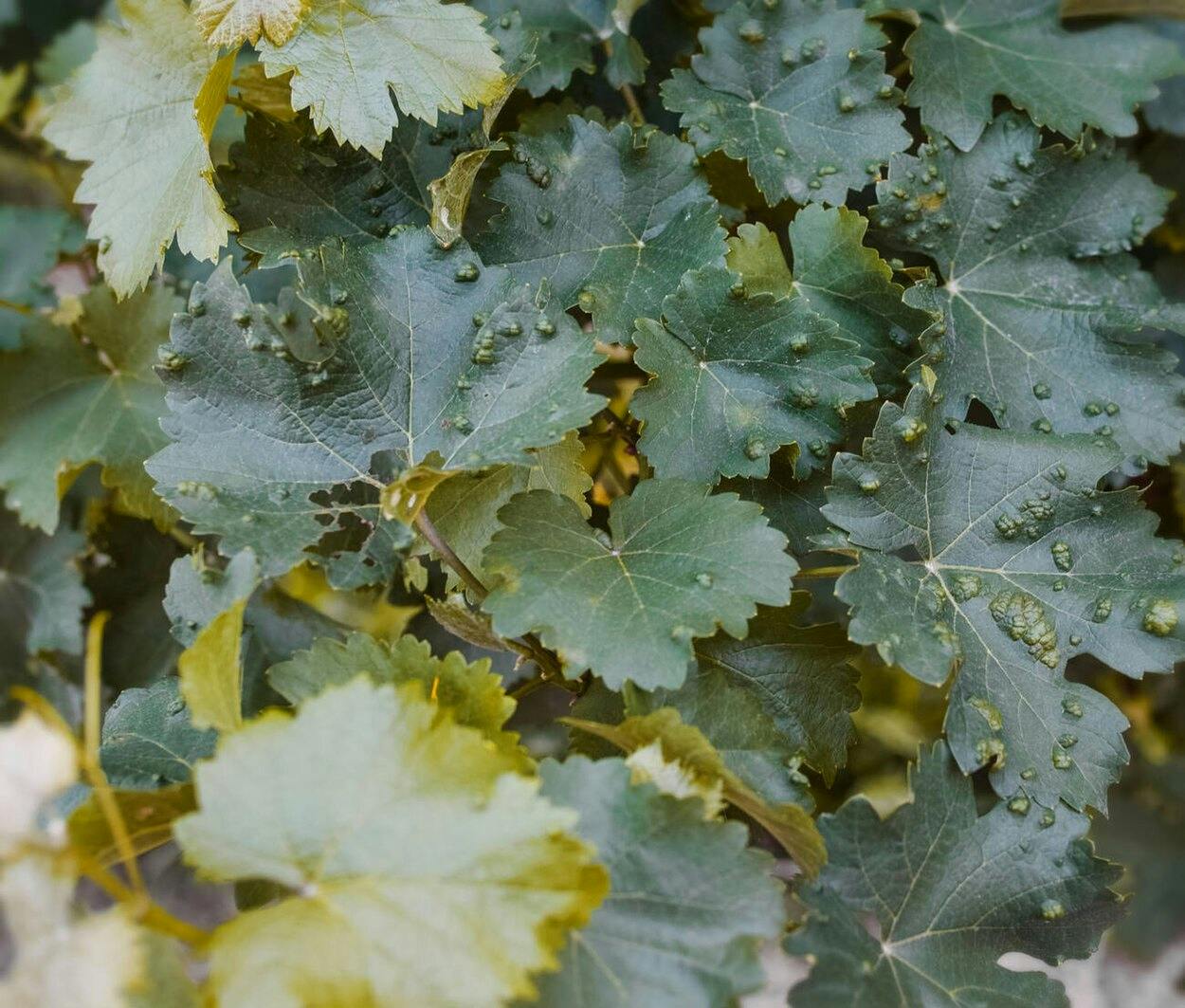
L’armagnac, le plus ancien spiritueux français, possède une histoire riche qui traverse les siècles. Issue du sud-ouest de la France, cette eau-de-vie, produite depuis le XIVe, exprime tout le talent des distillateurs gascons.
Les premières traces de l’armagnac
The first written mention of Armagnac dates back to 1310, when Cardinal Vital du Four listed forty therapeutic virtues of this aqua ardens (burning water or brandy). At that time, Armagnac was primarily consumed for medicinal purposes, believed to have properties such as disinfectant, fever remedy, and digestive stimulant.

However, the roots of Armagnac go back even further. This iconic French spirit is the result of a unique fusion of three ancient traditions:
- Roman viticulture: The Romans introduced vine cultivation to Gascony as early as Antiquity.
- Arab distillation: Arab alchemists brought the alembic still to Europe around the 8th century, originally used for producing perfumes and medicinal extracts.
- Celtic aging techniques: The Celts perfected the use of oak barrels, a key component in the maturation process of Armagnac.
This centuries-old convergence of knowledge and craftsmanship led to the creation of one of France’s most emblematic spirits.
The rise of the armagnac trade
It was in the 15th century that Armagnac began to gain recognition beyond the borders of Gascony. At the time, it was primarily traded at the Saint-Sever and Mont-de-Marsan fairs, where Dutch merchants, known for their fondness for eaux-de-vie, discovered it and helped spread it across Europe.
In the 17th century, Gascon producers started storing Armagnac in oak barrels to facilitate transportation. They soon realized that this method enhanced the spirit’s flavor, imparting richer aromas and a distinct roundness—a pivotal moment in the evolution of Armagnac as we know it today.
The decline and renaissance of Armagnac
The 19th century marked a turning point for Armagnac, but it was also a time of crisis. In 1870, the Gascon vineyards were devastated by phylloxera, a vine-destroying insect that wreaked havoc across European vineyards. As a result, production plummeted, putting the entire Armagnac industry at risk.
Recovery came through the importation of American vine rootstocks, which were resistant to the pest. Thanks to these hardy vines, growers gradually replanted their vineyards, allowing the Armagnac region to regain its prosperity by the early 20th century.

In 1909, an official delimitation of the production zones was established, recognizing three distinct terroirs:
Later, in 1936, Armagnac was granted Appellation d’Origine Contrôlée (AOC) status, a certification that guarantees its authenticity and traditional production methods.

Armagnac today
Today, Armagnac remains a symbol of artisanal craftsmanship. It is traditionally produced using continuous distillation in a column still known as the alambic armagnacais, which gives the spirit a richer aromatic profile straight off the still.
A few rare distilleries, such as Delord or Janneau, also use double distillation in Charentais pot stills, a method more commonly associated with Cognac.
TO DISCOVER ARMAGNAC FURTHER
La Maison du Whisky has three boutiques in Paris:
In each of these boutiques, you'll find a wide selection of whiskies, rums, sakes, and other fine spirits.
Follow our tasting calendar for upcoming events, or visit the Golden Promise Whisky Bar, which offers an extensive selection of whiskies and other spirits by the glass.
Written by
- Quentin JEZEQUEL - SEO project manager at LMDW.
Verified by
- Didier GHORBANZADEH - Wine & Spirits Expert at LMDW
- Adrien GASTECLOU - LMDW Training Manager
- Clotilde NOUAILHAT - Editorial and Corporate Communications Manager at LMDW
Published on 24/14/2025